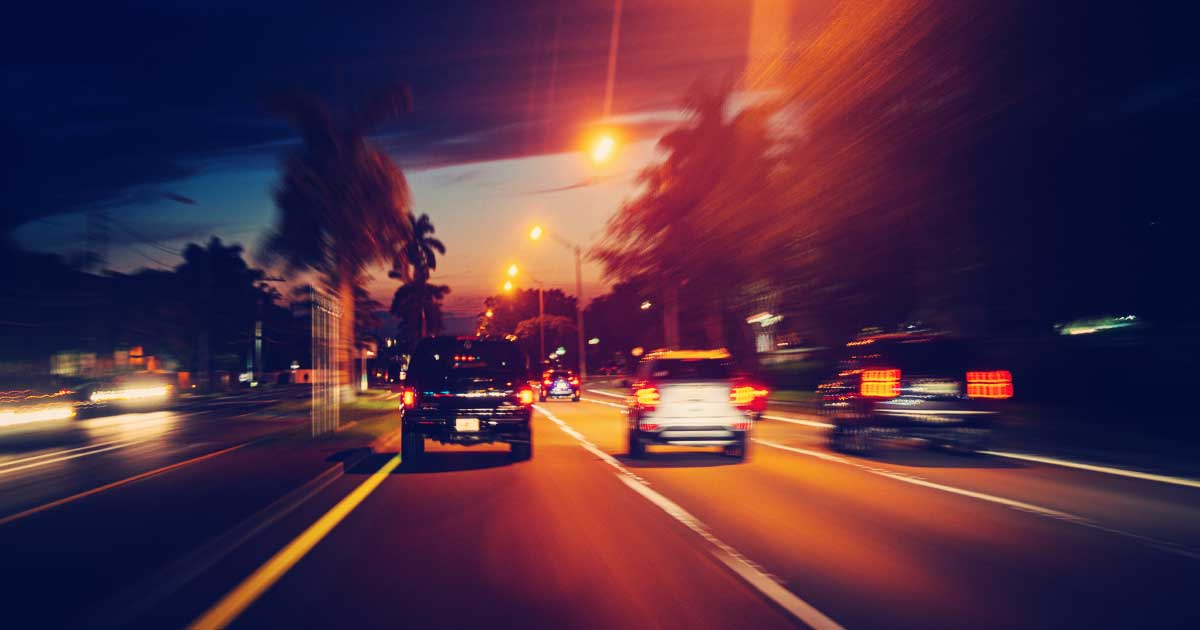
Driving at night presents unique challenges, even for experienced drivers. Reduced visibility, glare from headlights, and an increased likelihood of encountering fatigued or impaired drivers all contribute to higher accident risks after dark. Fortunately, there are several steps you can take to stay safe on the road at night. Here are some key tips for seeing clearly and ensuring that others can see you too.
1. Keep Your Headlights Clean and Properly Aligned
Headlights are your primary tool for seeing the road ahead in the dark. Make sure they are clean and functioning properly. Over time, headlights can become cloudy or misaligned, which significantly reduces visibility. Check them regularly and replace any dim or burned-out bulbs.
2. Use Your High Beams Wisely
High beams provide additional light on dark roads, especially in rural or poorly lit areas. However, they can also blind oncoming drivers. Use them when there’s no traffic ahead and switch to low beams when approaching other vehicles. Be courteous and dim your lights when following another car closely.
3. Avoid Looking Directly at Oncoming Headlights
The glare from oncoming headlights can impair your vision and make it difficult to see the road. Try to look slightly to the right of the oncoming lights, focusing on the white line along the side of the road. This can help you maintain your lane position while avoiding temporary blindness from glare.
4. Keep Your Windshield and Mirrors Clean
A dirty windshield can scatter light and create glare, especially when facing headlights. Clean the inside and outside of your windshield regularly. Don’t forget your mirrors—dirty side and rearview mirrors can also increase glare and reduce visibility.
5. Reduce Your Speed
Driving slower at night gives you more time to react to unexpected hazards, such as animals, pedestrians, or stalled vehicles. Since visibility is reduced, it’s important to adjust your speed accordingly, even if the road is familiar.
6. Increase Following Distance
At night, it’s harder to judge distances and reaction times may be slower. Leave extra space between your car and the vehicle in front of you. This additional buffer gives you more time to react in case of sudden stops or changes in traffic.
7. Make Sure You’re Seen
Ensure that other drivers can see you by using your headlights from dusk to dawn, even in well-lit areas. Check that your brake lights, turn signals, and taillights are all functioning properly. Reflective tape or decals on your vehicle or trailer can also improve visibility.
8. Watch for Wildlife
Animals are more active at night and can unexpectedly cross the road. Be especially cautious in rural or wooded areas. If you see one animal, more may be nearby. Use your high beams when safe to help spot animals from a distance.
9. Stay Alert and Avoid Drowsy Driving
Fatigue is a common issue at night. If you feel drowsy, pull over in a safe place and rest. Avoid driving long distances without breaks, and try to stay on well-lit, familiar routes whenever possible.
Conclusion
Nighttime driving requires extra attention and preparation, but by following these safety tips, you can significantly reduce the risks. Prioritize visibility—both for yourself and others—and stay alert to ensure a safe journey after dark.